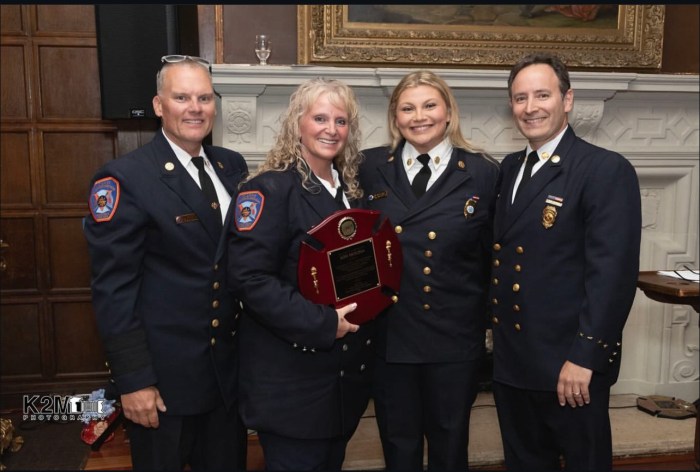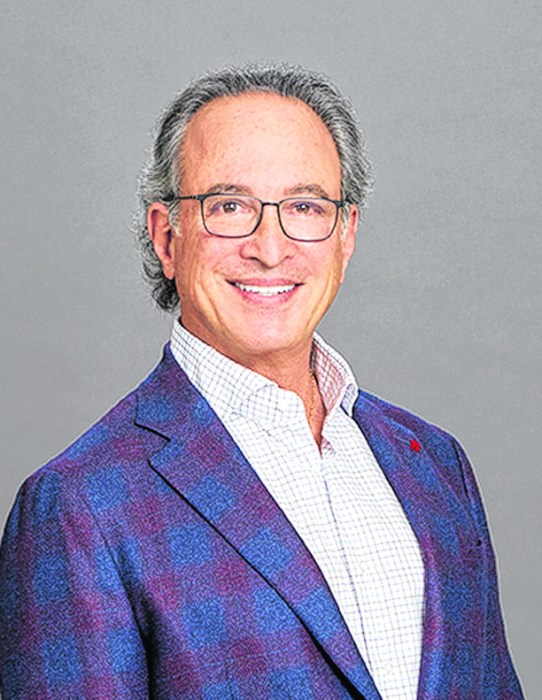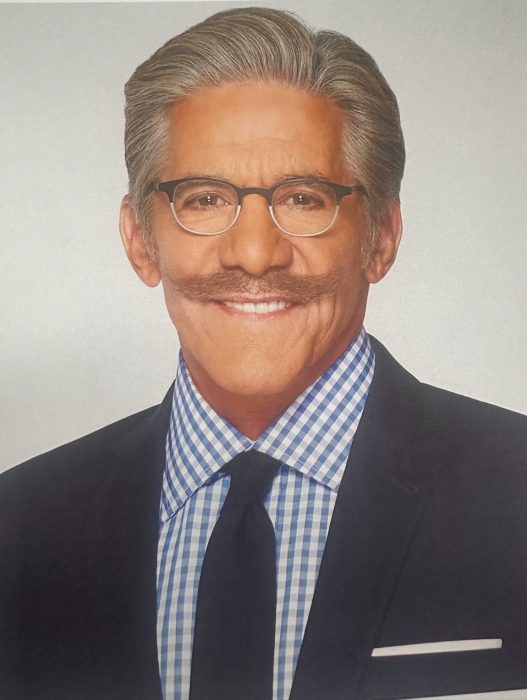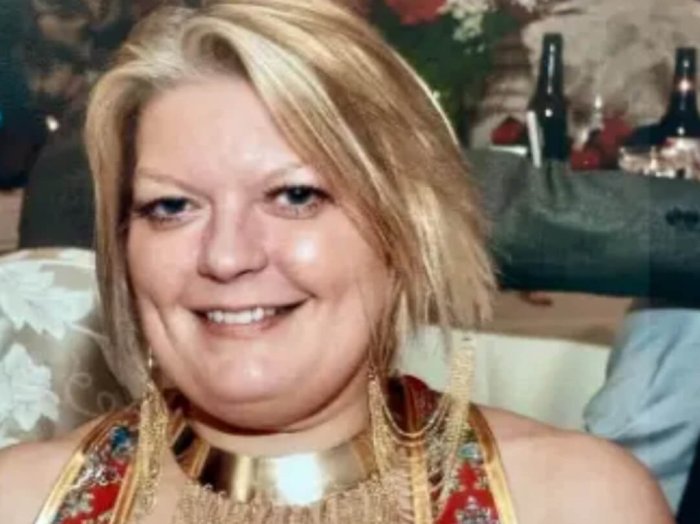‘Hang On’
About 20-years ago I was swimming in the ocean off Long Beach, where I live, and someone pointed to a cluster of girls that had drifted towards the jetty, the rock formation that helps to protect the shoreline from erosion. The girls must have been pulled out by the undertow and were unnoticed by the lifeguards.
I swam to them. When I arrived, there were three little girls; one looked about 9 years old. The others, who were crying and holding on to the older girl, appeared to be 6 or 7. The older girl was barely in control of her emotions. I wrapped my arms around the three of them and said, “Hang on.” Swimming in with them as a group was not an option; neither was leaving any of them behind. All I could do was hold on, calm them, steer them away from the jetty and wait. Finally, the lifeguards arrived and took over. I swam to shore and went back to my beach chair. I never saw the three little girls again. Nevertheless, I think of them often.
When I recall this encounter, I realize that the four of us were strangers who spent maybe 90 seconds together. I said only two words to them: “Hang on.” Ninety seconds, two words and 20 years and I still think about them often. We were so close that I could see their freckles. Afterwards someone told me that they were sisters.
Let’s consider another scenario. Try to picture me swimming out to the three girls. Now, imagine if, instead of telling them to “Hang on,” if I treaded water at a safe distance and asked them if they had Medicaid insurance. Imagine if they answered, “No, mister.” And, if I then said, “Sorry, girls,” turned my back on them and swam to shore.
This is the situation that we now face as New York State is making a dramatic departure from its responsibility to make sure that our most vulnerable citizens – our children – get community-based mental health care, regardless of their family’s economic status. They expect us to throw the underinsured middle class and working poor overboard with no life preserver. That’s our government.
And, the health insurance industry is no better. Most private health insurers pay substandard rates that we can no longer afford to accept. To add insult to injury, as one journalist Amy Goodman, observed, “profit-driven insurance claim denials actually kill people.” For example, in 2001 Timmy O’Clair, a 12-year-old from upstate New York, committed suicide after his parents were unable to obtain mental health treatment for him due to health-insurance coverage limits.
Although Timmy’s death was the impetus for the passage of Timothy’s Law, which extends insurance coverage for mental illness, profit-driven insurance companies still have a very long way to go.
For example, in spite of the deepest and most lasting recession in more than a half a century the five largest health-insurance companies in the U.S. revealed combined profits of $12.2 billion last year.
I invite you to jump into my Atlantic Ocean memory with me, because it is a story that is about more than me and three little girls. It is about all of us and the thousands of children that community-based mental health agencies like ours guide safely to shore every year and offer them the chance to see a brighter day.
New York State and the health-insurance industry need to understand that our children’s lives are at stake and that their ongoing efforts to curtail universal mental health care cannot continue.


































